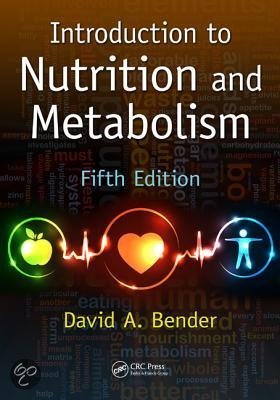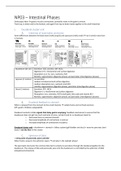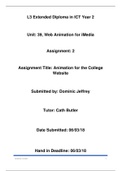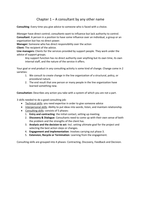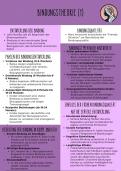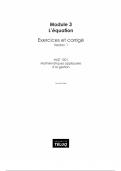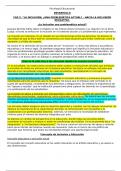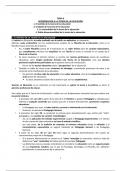NP03 – Intestinal Phases
Endoscopy video à gastric muscle contractions: peristaltic wave in the gastric antrum
From top, to down and to the bottom, and again from top to down (same applies to the small intestine)
Duodenal cluster unit
Intestines of mammalian omnivores
Some differences between the black bear (really long SI) and opossum (really small) à rat SI similar ratio than
in humans
Duodenum (25 cm) Secretion: CCK, secretin, GIP, HCO3-
Digestion (++): intraluminal and surface digestion
Absorption (++): Fe, ions, nutrients, H20
Motility: segmentation (digestive phase) and peristalsis (interdigestive phases)
Jejunum (2 meters) no secretion
medium intraluminal and surface digestion
medium absorption ions, nutrients and H2O
motility: segmentation (digestive phase), peristalsis (interdigestive phase)
Ileum (3 meters) Secretion: PYY, HCO3-
Digestion (-): intraluminal and surface digestion
Absorption: ions, nutrients, H2O (small part), bile acids and vitamin B12
Motility: segmentation (digestive phase) and peristalsis (interdigestive phases)
Duodenal feedback to stomach
What is released from the stomach to the small intestine à called chyme and not food anymore
GIP: gastric inhibitory polypeptide
Duodenal contents initiate signals that delay gastric emptying: feedback mechanism to ensure that the
duodenum does not get too much nutrients at once, nutrients and H+ in duodenum leads to:
o Decreased tone in proximal stomach
o Decreased amplitude of contractions in antrum
o Increased amplitude of contractions in pylorus
Duodenal cluster unit = duodenum + stomach + biliary system (gall bladder and duct) + exocrine pancreas (and
duct) !! not the liver in this cluster
Sphincter of Oddi:
= entry point of pancreatic juices and bile
When food is present, the sphincter opens à and also in the cephalic phase!
The pancreatic duct joins the common bile duct to empty its secretions through the duodenal papilla into the
duodenum. The release of bile and pancreatic juice into the duodenum is controlled by the sphincter of Oddi
(relaxation/contraction)
Endoscopy video à gastric muscle contractions: peristaltic wave in the gastric antrum
From top, to down and to the bottom, and again from top to down (same applies to the small intestine)
Duodenal cluster unit
Intestines of mammalian omnivores
Some differences between the black bear (really long SI) and opossum (really small) à rat SI similar ratio than
in humans
Duodenum (25 cm) Secretion: CCK, secretin, GIP, HCO3-
Digestion (++): intraluminal and surface digestion
Absorption (++): Fe, ions, nutrients, H20
Motility: segmentation (digestive phase) and peristalsis (interdigestive phases)
Jejunum (2 meters) no secretion
medium intraluminal and surface digestion
medium absorption ions, nutrients and H2O
motility: segmentation (digestive phase), peristalsis (interdigestive phase)
Ileum (3 meters) Secretion: PYY, HCO3-
Digestion (-): intraluminal and surface digestion
Absorption: ions, nutrients, H2O (small part), bile acids and vitamin B12
Motility: segmentation (digestive phase) and peristalsis (interdigestive phases)
Duodenal feedback to stomach
What is released from the stomach to the small intestine à called chyme and not food anymore
GIP: gastric inhibitory polypeptide
Duodenal contents initiate signals that delay gastric emptying: feedback mechanism to ensure that the
duodenum does not get too much nutrients at once, nutrients and H+ in duodenum leads to:
o Decreased tone in proximal stomach
o Decreased amplitude of contractions in antrum
o Increased amplitude of contractions in pylorus
Duodenal cluster unit = duodenum + stomach + biliary system (gall bladder and duct) + exocrine pancreas (and
duct) !! not the liver in this cluster
Sphincter of Oddi:
= entry point of pancreatic juices and bile
When food is present, the sphincter opens à and also in the cephalic phase!
The pancreatic duct joins the common bile duct to empty its secretions through the duodenal papilla into the
duodenum. The release of bile and pancreatic juice into the duodenum is controlled by the sphincter of Oddi
(relaxation/contraction)

